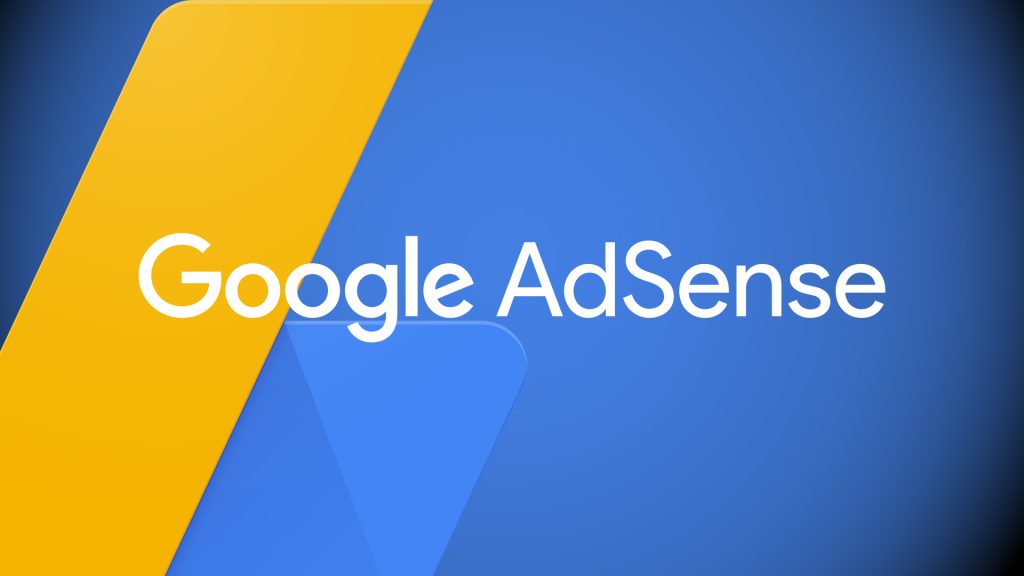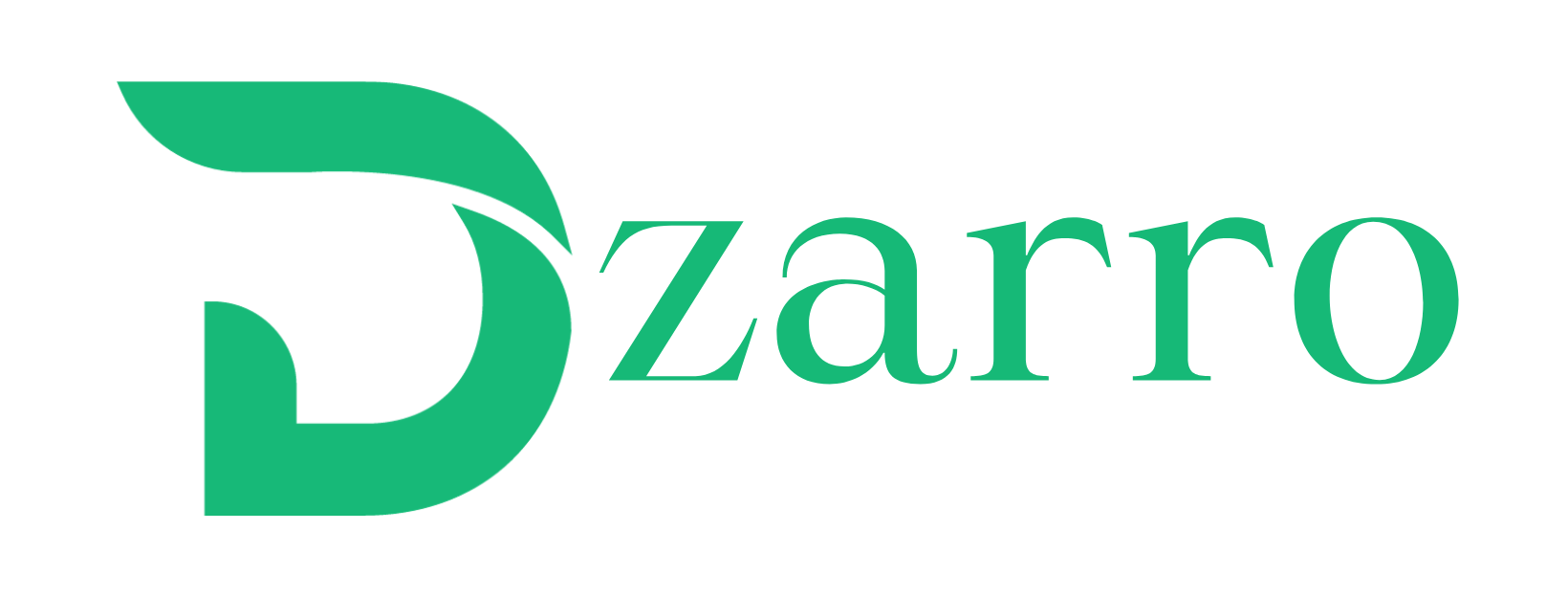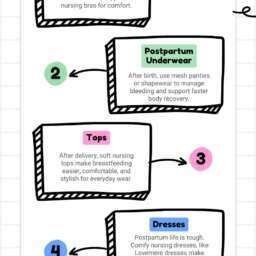According to Dan Taylor, Vice President of Global Ads, these alterations will establish a uniform method for publishers to evaluate varying charges associated with the diverse technologies they employ for revenue generation.

Google is implementing two important modifications to its digital advertising service, AdSense, set to become effective early next year. According to Dan Taylor, Vice President, Global Ads, in a recent blog post, these alterations aim to establish a consistent method for publishers to compare the various fees associated with the technologies they use for monetization. Additionally, they seek to enhance transparency in the media-buying process.
Nonetheless, Google does not anticipate that publishers will notice a change in their earnings due to these updates.
AdSense will soon transition from its primary payment method of per-click to the industry-standard practice of per-impression payment. This transition is expected to create a more uniform way of compensating publishers for their ad space across Google’s products and third-party platforms, facilitating comparisons with other technology providers they employ.
Furthermore, there is a modification to the AdSense revenue structure, wherein fees are no longer processed in a single transaction. Previously, when publishers opted to use AdSense for monetizing their content, they retained 68% of the revenue, with the Google AdSense network processing all fees in one go.
Now, the AdSense revenue sharing model is split into distinct rates for the buy-side and sell-side. For displaying ads using AdSense for content, publishers will receive 80% of the revenue after the advertiser platform deducts its fee, whether it’s Google’s buy-side or third-party platforms.
Taylor clarifies this with an example, stating, “For instance, when Google Ads purchases display ads on AdSense, Google Ads will, on average, retain 15% of the advertiser spend. There may be variations because Google Ads doesn’t charge a fixed, per-impression fee, as many advertisers opt for payment based on user actions, such as clicks or conversions. Overall, publishers will still retain around 68% of the revenue.”
When advertisers employ a third-party platform to acquire display ads on AdSense, publishers will keep 80% of the revenue after the third-party platform has accounted for its fee. Google does not have control over or visibility into the fees charged by these third-party platforms to advertisers or their calculation methods.
In summary, the change in the AdSense revenue structure implies that publishers will now receive a larger share of the ad revenue (80%) after the advertiser’s platform deducts its fee, in contrast to the previous 68% when fees were processed as a single transaction. This adjustment is aimed at benefiting publishers by increasing their earnings from displaying ads within their content.













